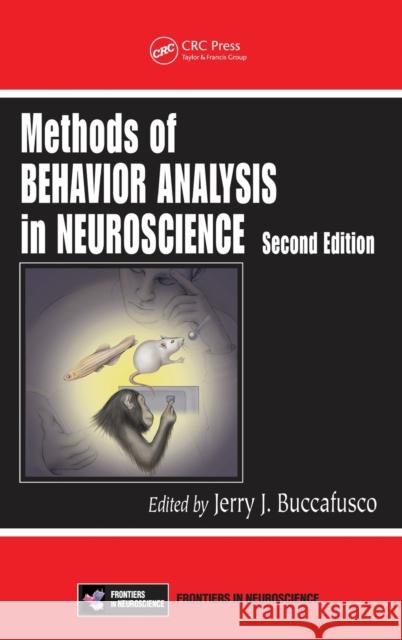Methods of Behavior Analysis in Neuroscience » książka
Methods of Behavior Analysis in Neuroscience
ISBN-13: 9781420052343 / Angielski / Twarda / 2008 / 374 str.
Uses Animal Behavior Models to Examine Effects of Therapeutic Treatments on Human Cognition Behavioral techniques used in animals to model human diseases and predict effects of novel drugs are as varied as the numbers of scientists who use them. Consequently, behavioral analysis is becoming an increasingly indispensable tool for the neuroscientist as information gained at the molecular and cellular level is put into practice in fully behaving animal subjects. With contributions from more than 40 field specialists, Methods of Behavioral Analysis in Neuroscience reflects six years worth of updates to its first bestselling edition and elucidates new behavioral approaches that are quickly becoming field standards. Features New Material on Using Transgenic Mouse Models to Study Alzheimer's Disease This second edition features new material on the relevance of transgenic mouse models for Alzheimer's disease, behavioral methods for assessing the cognitive impairment associated with major psychotic disorders, the revival of the scopolamine reversal model for assessing the clinical relevance of new AD drugs, and new approaches to assessing cognitive impairment in aged mice. Each chapter presents theoretical background, methodology, and data interpretation, and many chapters include real-world examples of experiments that incorporate the models. With step-by-step, easy-to-reproduce methodologies, this sharply focused work covers well-studied behavioral approaches that provide a better understanding the effects of disease and allow for better predictability of the effects of new therapeutic treatments on the human cognition. It takes the guesswork out of designing the methodology for many of the most widely used animal behavioral approaches developed for the study of brain disorders, drug abuse, toxicology, and cognitive drug development.











